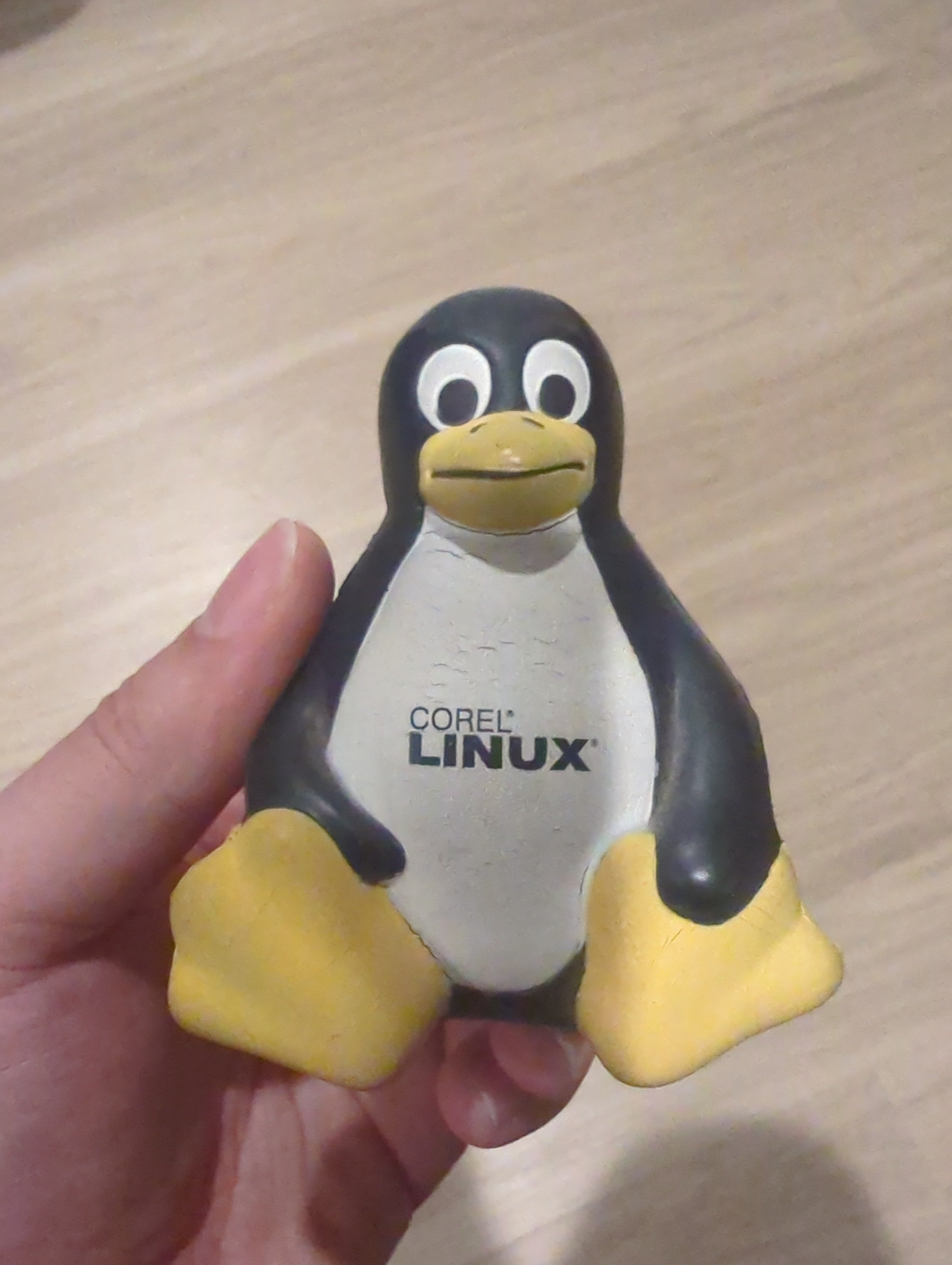I also read the announcement (and FAQ, and other pages) but was still hoping someone would comment on what it is exactly.
(I did guess along the right lines at least, but wasn’t really sure)
I also read the announcement (and FAQ, and other pages) but was still hoping someone would comment on what it is exactly.
(I did guess along the right lines at least, but wasn’t really sure)


I don’t see evidence in the article that it even is ‘their software’ being discussed here - just a framework they are suggesting for compositors to have new functionality (regardless of GPU brands).
It even says “They aren’t going into this alone but at this year’s DisplayNext Hackfest it was also backed up by AMD for going a similar route.”
I really didn’t want to let it win.
I also had that experience with emacs, which has a built in help system. I couldn’t find a topic on ‘exit’ or ‘quit’ and refused to just search online.
Took me half an hour.


Any time I see an article about someone doing things with Redstone circuits, I think about that comic.
This was my first exposure to Linux - one of the PCs in high school had it installed. (I had read about Linux before then, but not had a chance to try it)
It had a little foam Tux in the box, and I got to keep it:

Software and hardware support definitely counts.
I would also guess that probably a lot of Microsoft enterprise stuff like active directory group policies likely aren’t supported well, but I don’t have enough knowledge to back that up.


I want to use GNOME as what it does works great, but it lacks a whole list of features I use.
Watch the list actually get longer over time.
Sure they are, but system apps are still installed in the immutable space initially, which is the important thing, that updates to it can’t go there.
I don’t know how desktop immutable systems deal with that.
Another prominent example is Android. Sure system apps can be upgraded individually – by storing the new version in a restricted part of the ‘user’ partition – but otherwise the system files are strictly read only until a new ‘image’ is ‘flashed’ to it by the update system or a power user with debugging tools. In the past, a common use of root capabilities was to remount the system partition as read/write and then change files on it directly. It’s more complex now.
That’s also why system apps can be rolled back to the stock version, and can sometimes be disabled, but can’t be directly uninstalled like user apps. Only the updated version on the user partition (if there is one) can be removed.


What is it? Even the article does not say
Wayland is still too broken for him?
Yeah, This case especially since it includes XWayland